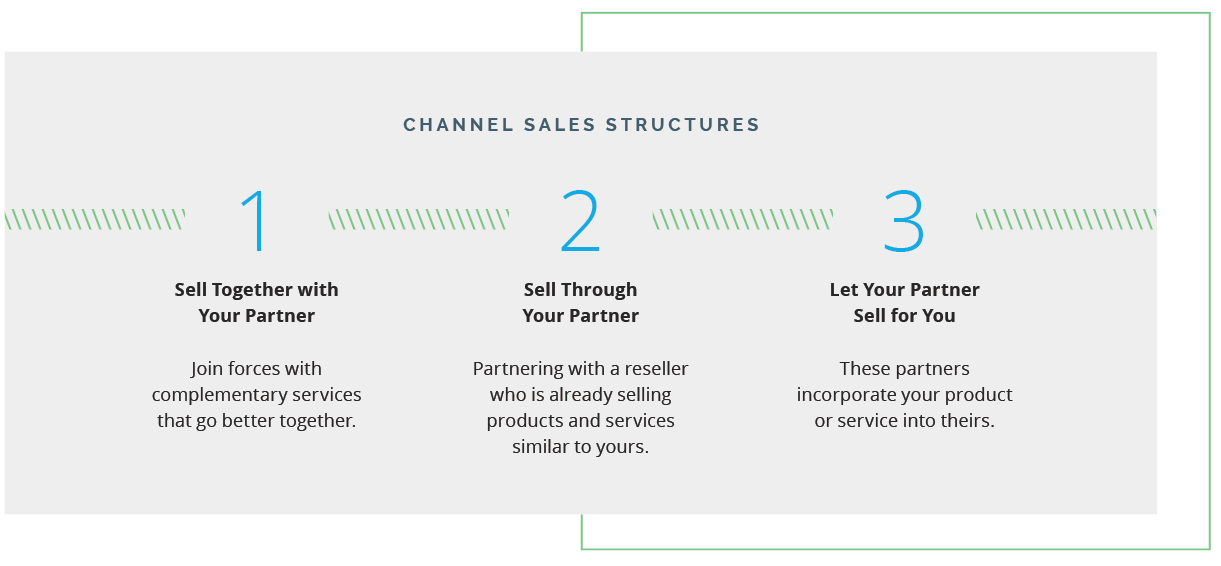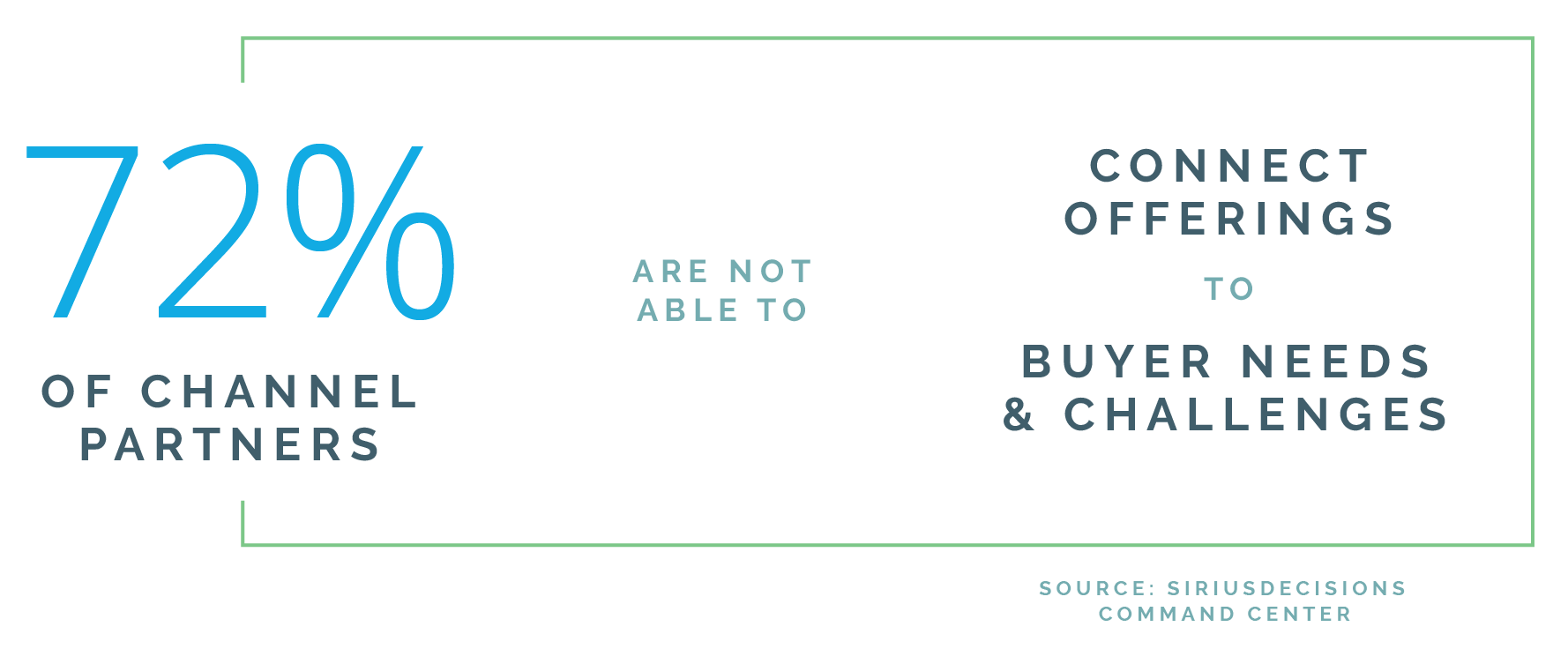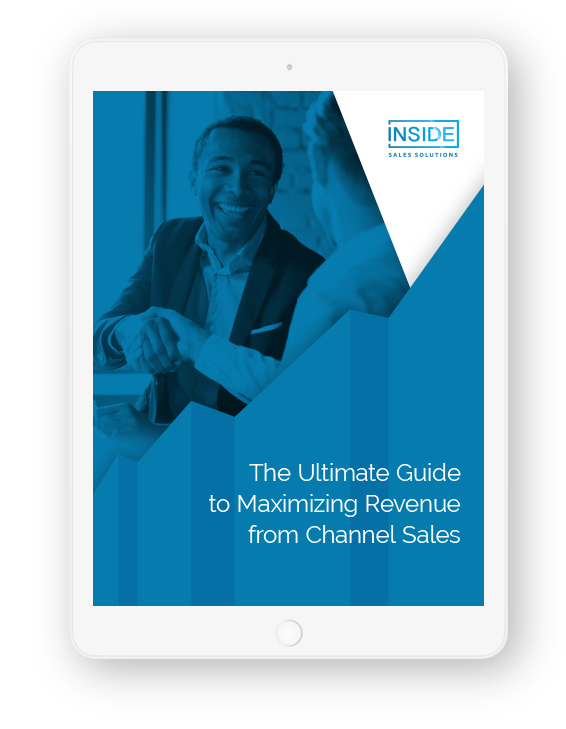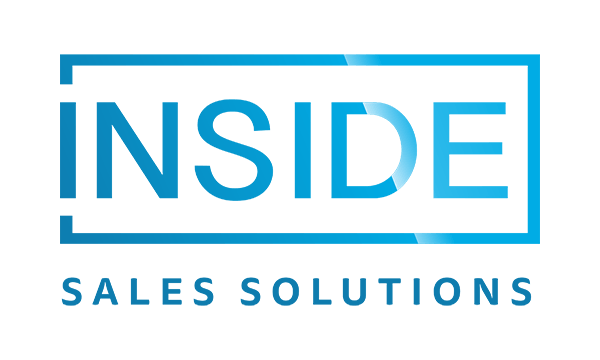Whether you’ve been managing channel sales for several years, or are just getting started, your objective is the same: getting your products and services into the hands of more customers.
Here’s a fact: channel partner programs are an extremely effective way to expand into new markets. There is perhaps no better way to ensure your organization is casting the widest possible net and mobilizing a sales team to fully cover the depth, breadth, and potential of your prospect pool.
Just ask some of the world’s biggest tech companies — from Oracle to VMWare to Microsoft, HubSpot, Cisco, and more — the success of their channel sales programs are irrefutable.
But despite its immense potential, succeeding with channel sales can be challenging. It takes time. It takes effort. It takes a whole lot of strategic and tactical planning.
And perhaps most importantly, it takes you…the dedicated channel program manager who motivates and engages your partners to create more value for customers.
Channel sales is truly a win-win. In this comprehensive guide, we’ll tell you why channel sales is so effective, and ways channel program managers and channel account managers (CAMs) can work with their channel partners to optimize their channel sales program. We’ll break it all down in two sections:
Getting Started with Channel Sales
- What is channel sales?
- Why you should use a channel sales model
- Structuring your channel sales partnership
- When to implement a channel sales model
Growing and Improving Your Channel Sales Program
Want to save this guide for later or share it with your team?
Getting Started with Channel Sales
What is Channel Sales?
Channel sales is the process of companies building partnerships with third parties to sell their products through channel partner programs. Through a channel sales model, organizations/original equipment manufacturers (OEMs) work with value-added resellers (VARs) and affiliate partners to find net new customers for both the OEM and the channel partner.

Why Use a Channel Sales Model?
If you really want to maximize its effectiveness and ensure long term and sustained growth for both your organization and your partners, there are some things to keep in mind.
While there can always be some downsides to giving up some control of your sales process, the benefits of working with established and competent resellers through channel partnerships are many.
Here are a few of the top reasons to invest in channel sales:
1. Exponentially grow your sales team.
Without hiring internally and incurring all the expenses that come with expanding your in-house sales team, using resellers will unlock access to thousands of additional sales reps to help sell more of your products and services.
2. Fast expansion into new markets.
Most likely, your channel partners will have their own partners and network of contacts. With minimal investment, you’ll gain traction and grow your presence in new regions and markets.
3. Low-cost sales and marketing.
Because your channel sales partners come ready-made with an established presence, their customers are already familiar with them. They have brand awareness, and hopefully some built-in trust and credibility — all big advantages for you.
4. Seamless scaling.
Once you’ve set up an effective channel model and established all the essentials — revenue sharing, training, the programs worth marketing development fund (MDF) investments, incentives, etc. — CAMs can almost go into auto-pilot when onboarding and implementing new partnerships to drive more revenue.

Structuring Your Channel Sales Partnership
Ultimately, channel sales partnerships are about cultivating solid relationships. Your partners’ success is your success. It’s a virtuous cycle that begins with the right structure. You should have your channel sales structured in one (or a combination) of these three ways:
1. Sell together with your partner.
Join forces with complementary services that go better together.
2. Sell through your partner.
Partnering with a reseller who is already selling products and services similar to yours.
3. Let your partner sell for you.
These partners incorporate your product or service into theirs.
Keep in mind that you don’t have to choose just one structure. Many companies use two, or even all three of these methods simultaneously.

When to Implement a Channel Sales Model
If you’re wondering if your organization should be investing in channel sales, here are a few questions to ask yourself:
- Are you a small company looking to grow without hiring an internal sales team?
- Are you a large, established company looking to expand your market and geographic reach?
- Do you have a mature product or service?
- Do you have a defined, proven sales process that can be replicated?
- Do you understand how to sell your product (target audience, buying triggers, average sales cycle, etc.)?
- Is your sales process relatively short and straightforward?
- Are your offices spread throughout various locations?
- Are you financially stable with a good revenue base?
To how many of those questions did you respond “yes”?
Ideally, an affirmative answer to the majority of those questions tells you you’re in good shape to implement a channel sales program within your organization.

Growing and Improving Your Channel Sales Program
The Channel Sales Explosion
In just the past year, prominent vendors and distributors in the B2B tech space announced several changes to their channel partner programs in an effort to maximize their channel sales:
- Lumen Technologies gave partners the opportunity to earn higher commissions
- Cisco opened up more partner advisory services opportunities in an update to its channel partner programs
- Samsung debuted a partner program that reflects its “mobile-first” nature
- HPE incentivized partners to serve small- and medium-sized business (SMB) customers
- Komprise expanded its partner program to include new training, MDF, and cloud data migration modules

And those are just some of the dozens of examples of companies doubling down and dedicating even more resources to supercharge their channel strategies.
Whether enhancing their VAR communities, allowing for greater geographical coverage, or unveiling new training and enablement resources — improving channel programs (or launching new ones) seems to be all the rage these days.
So how can you capitalize on all this success and better recruit, support, train, and motivate your partners?
Let’s dive in.
Recruiting Channel Sales Partners
Assuming you check all of the aforementioned boxes for implementation, or are already running a program, let’s talk a little bit about building momentum for your channel sales…then keeping it going.
Successful channel sales starts with choosing the right partners.
Begin by identifying the types of partners you want to target. We recommend developing one or more ideal reseller profiles that specifically define each of the following characteristics:
- Company size
- Market position
- How many and which vertical markets they serve
- Existing customer relations
- Product portfolio relevance and alignment
- Commitment to partnering
- Overall company growth strategy
You can then use those profiles to conduct an audit of your current partners, ensuring they align with your objectives, and to create messaging and marketing campaigns to recruit new partners.

When marketing to gain new channel partners, always remember that there is as much in it for them as for you — and be sure that stands out in your messaging. Rather than simply talking about how great your software or service is, focus on their pain points and the pain points of their prospects.
When your marketing and recruitment efforts begin paying off and you start getting bites from interested partners, it’s important to do some research on your end to make sure they’re a good fit. Inking a deal with anyone who comes along could be disastrous if:
- They don’t have the resources to fully invest in a partnership
- They aren’t a technical, competent, or cultural fit
- Their clients and goals don’t align with yours
- The partnership won’t help them achieve their goals

Empowering Channel Sales Partners
Yes, many vendors believe they already have talented channel program managers (chances are, you’re one of them), but there is a general consensus that by improving some core competencies within their team, the business outcomes would be exponential.
And it all starts with properly empowering your partners.

Your partners need to be experts in your products. How can they help you sell something if they don’t understand how it works? Making sure your partners are set up for success means:
- Being transparent and allowing full access. Step one in preparing your channel partners for success is giving them free access to your product/service/software. Particularly in the world of B2B tech, what you’re ultimately providing to the end user might be complex and hard to grasp, at least when trying to explain and sell it. When first starting out with your channel partners, you have to be willing to put in the time with demos, walk-throughs, and total support to get them fully up to speed. Make sure they are experts from day one.
- Continually educating them. CAMs should do more than just manage partner accounts. They should be industry experts and thought leaders in their own right. Always strive to know more about the market than your partners do, and always work to consume and share new content, trends, and best practices that will help them succeed.
- Providing strong business training. Be your partner’s sales manager, consulting them every step of the way on how to improve their business while guiding them on how to manage their pipeline. Enablement for your larger partners may look a little different than for your mid- and smaller-tier partners, but keeping up with all of them with regular check-ins is imperative. Find out what’s working/success stories, how they’re using their MDF, as well as what should be avoided throughout the channel sales process.

When speaking with Channel Daily News, director of partner sales at Cisco, Tracey Hutchinson, said “each manufacturer has tons of product, technical, and partner program material that they provide. The gap in the channel is around business and industry enablement for many partners.”
Even with a top-notch team of CAMs with years of experience, he felt that there is more room for growth in the following areas:
- Enabling around the IT industry segments: implications of segments on each other (cloud on networking; security on mobile)
- Enabling around the financials of a partner: how most successful partners make money
- Enabling around the solution/service creation of a partner: turning product features into professional or managed service offerings and the steps required to do so

Measuring Your Channel Sales Program
First and foremost, measures of success should be determined and agreed upon together — between the OEM and channel partner. Your channel sales program will only be rewarding if you spend time working with your partner to make sure that you both have a firm grasp on what should be considered “successful.”
With that in mind, here are the metrics channel program managers should keep an eye on:
Revenue and profitability metrics
- Total channel program revenue across all channel partners
- Channel program profitability (i.e. program cost to revenue ratio)
- Revenue by channel partner, product, geography, reporting period, and campaign
- Profitability by channel partner
Opportunity metrics
- Number of leads by channel partner
- Value of the leads they generate
- The number of leads closed vs leads generated
- The time it takes each channel partner to act on a lead
- The time it takes for a channel partner to convert a lead into a sale
Motivating Your Channel Partners
You’ve got the right model, the right partners, and a trained and empowered network. Now what? With your metrics and success factors defined, how can you make sure your best partners consistently deliver — and help struggling partners get on track? Here are a few suggestions:
Incentives
Money is always a key driving force, so make sure the effort your partner puts in is commensurate with the revenue you offer them. The commission you provide isn’t always good enough to keep your partners hungry and driven, so consider implementing sales incentive programs for partners to activate more sales.
Satisfied end customers
Happy customers are often loyal customers who lead to repeat sales. If you can deliver this with a great product or solution, there’s no better motivator for your partners to deliver. Share success stories with your partners and find other ways to ensure they truly believe your solutions are the best option for their customers.
Tools to close deals
Give your partners full access to the same tools and techniques as your internal sales team. If they feel they’re at a disadvantage or lack some of your capabilities, it can be demoralizing.
Be inclusive
The best channel sales programs work in lockstep with their partners as collaborators, not competitors. Include them in all parts of your process to build better solutions for the end customer.
Professional certifications
In B2B tech sales, becoming a certified professional is a big deal. It’s great for them (resume boost and career development), and great for you (knowing you have top-tier channel sales reps). Motivating your partners by including certification opportunities builds trust for all involved — including customers!
Education and support
We detailed this in our previous section, but it’s worth repeating. If your partners can learn and grow professionally as they sell on your behalf, the benefits are mutual — and many.
Leads
Help feed their success by sharing qualified leads with your partners. By allocating MDF to lead generation and lead routing programs that directly impact partners, they’ll quickly realize you’re wholly committed to their progress. Eventually the goal is to get the leads flowing in the other direction (back to you), but when you start by empowering your partners, they will be paying it forward in no time.
Scaling Up Your Channel Sales Program
If your channel sales partner program is to the point where you’re looking to scale up the size and scope, congratulations! With a foundation in place and a firm grasp on your ideal partner types and profiles, here are a few key ingredients to keep in mind as you set your sights on sustainable channel sales growth:
- Know your organization’s current resources
- What personnel do you have dedicated to channel sales?
- What departments are you borrowing resources from (marketing, operations, customer success, etc.?)
- Stay true to the process you’ve implemented, but be willing to adapt and adjust as you scale
- Leverage current all-star partners as success stories and blueprints for new partner recruitment and future growth
- Forecast current and future staffing needs in relation to your strategic business objectives
Scale through outsourcing
Sometimes the best and most efficient way to do that is through outsourcing. Whether you need to maximize your MDF, get more qualified meetings, better route an increasing number of leads, or obtain a stronger portfolio of resellers, OEMs often find great success when they dedicate resources to outsourcing some of their channel sales.
Outsourcing channel sales can help:
- Ensure your partners get the most out of their designated MDF with pay-per-performance appointment setting services that guarantee qualified leads and meetings through channel sales. Not only will providing appointments help grow immediate revenue — it will also ensure partners become more proficient at selling your product. So when it’s a lead that doesn’t come from the program, selling your services will always be top of mind!

- Recruit more channel partners with a target list of prospect VARs for your business.
- Make the leads to sales process more efficient by improving lead routing and tracking to keep things organized in the channel and routing the leads to the right partner, never crossing streams and preventing cannibalization.
We’ll wrap up by harkening back to our opening statement…
That’s the ultimate goal of channel sales, and when done correctly, it’s certainly an achievable one.
Your partners won’t stick around if the relationship is built on lack of transparency, a haphazard deal flow, and lukewarm leads that never turn into anything.
Conversely, if you’re enabling your partners with an honest commitment to perpetual improvement, open communication, and rewarding MDF charged to attract qualified leads, the end result will pay dividends for all involved.
Download this article for quick reference or share with your team!
If you liked the article, enjoy a free copy! Download and keep it for easy, on-demand access.


